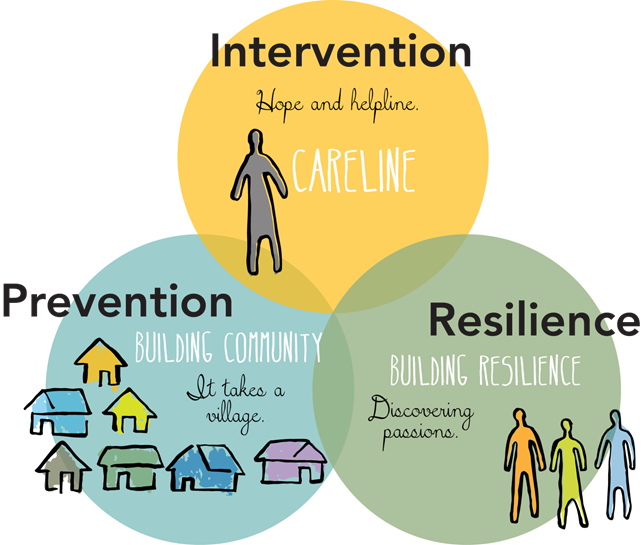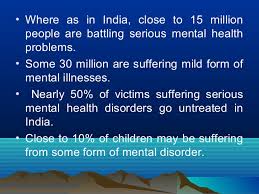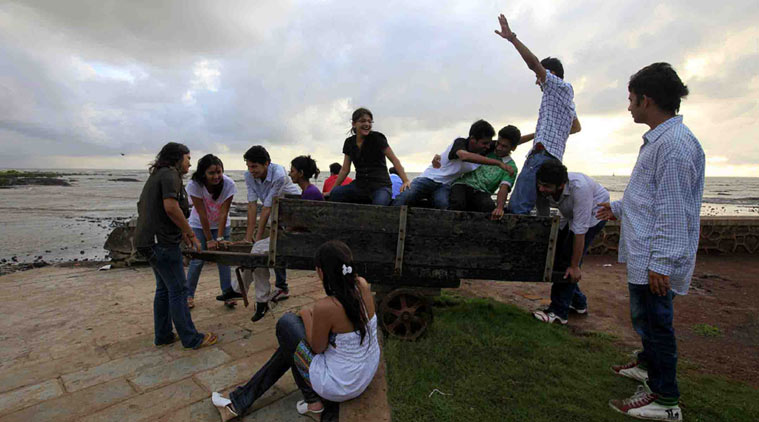ADOLESCENCE and the early years of adulthood, are a time of life when many changes occur, for example changing schools, leaving home, and starting university or a new job. There is a clear difference between SADNESS AND DEPRESSION – but to complicate matters, being sad is one of the primary reasons for depression. Sadness is an emotion that we all experience from time to time. It is triggered by difficulties, challenges and even bad experiences or upsetting situations.
Depression, on the other hand, is when you feel sad about everything. It is an abnormal emotional state and a mental illness that has a chronic effect on our emotions, thinking and behaviour. It can cause feelings of helplessness, anger, fear, frustration, guilt, and sadness. It doesn’t require a bad experience or a challenging situation. However. in some cases, if not recognized and managed, these feelings can lead to mental illness.
The expanding use of online technologies, while undoubtedly bringing many benefits, can also bring additional pressures, as connectivity to virtual networks at any time of the day and night grows. Many adolescents are also living in areas affected by humanitarian emergencies such as conflicts, natural disasters and epidemics. Young people living in these situations are particularly vulnerable to mental distress and illness.
Half of all mental illness begins by the age of 14, but most cases go undetected and untreated. In terms of the burden of the disease among adolescents, depression is the third leading cause. SUICIDE is the second leading cause of death among 15/29 year of age.
- Harmful use of ALCOHOL AND ILLICIT DRUGS among adolescents is a major issue in many countries and can lead to risky behaviours such as unsafe sex or dangerous driving.
- Eating disorders are also of concern.
- There is a Growing recognition of the importance of building mental resilience

Fortunately, there is a growing recognition of the importance of helping young people build MENTAL RESILIENCE, from the earliest ages, in order to cope with the challenges of today’s world. Evidence is growing that promoting and protecting adolescent health brings benefits not just to adolescents’ health, both in the short- and the long-term, but also to ECONOMIES AND SOCIETY. Since healthy young adults able to make greater contributions to the workforce, their families and communities and society as a whole.
PREVENTION begins with better understanding

Much can be done to help build mental resilience from an early age to help prevent mental distress and illness among adolescents and young adults, and to manage and recover from mental illness. Prevention begins with being aware of and understanding the early warning signs and symptoms of mental illness.
PARENTS AND TEACHERS can help build life skills of children and adolescents to help them cope with everyday challenges at home and at school.
Psychosocial support can be provided in schools and other community settings and of course training for health workers to enable them to detect and manage mental health disorders can be put in place, improved or expanded. Investment by governments and the involvement of the social, health and education sectors in comprehensive, integrated, evidence-based programmes for the mental health of young people is essential. This investment should be linked to programmes to raise awareness among adolescents and young adults of ways to look after their mental health and to help peers, parents and teachers know how to support their friends, children and students.
Today being World Mental Health Day, we should highlight the key issues that youth face these days.
- Youth these days exhibit a lot more behavioral issues that can become problematic. The desire to be different, take risks, and experiment brings unpredictability into their lives…
- Some get caught into early relationship troubles, smoking, alcohol or drug addictions, and even petty crimes amongst others concerns.
- There are rising cases of bullying, blackmails, suicides, rapes, thefts and even murders committed by our youth.

The rise in such behaviour that our youth are becoming a victim of and potential solutions to address them. The youth in today’s most technologically advanced times needs to be a creative and productive generation. Their TALENTS, PASSION AND SKILL SET, if used appropriately could bring out a positive, and successful future for our country
with great inputs from Dr Sona Gupta… Shishir Mandya


